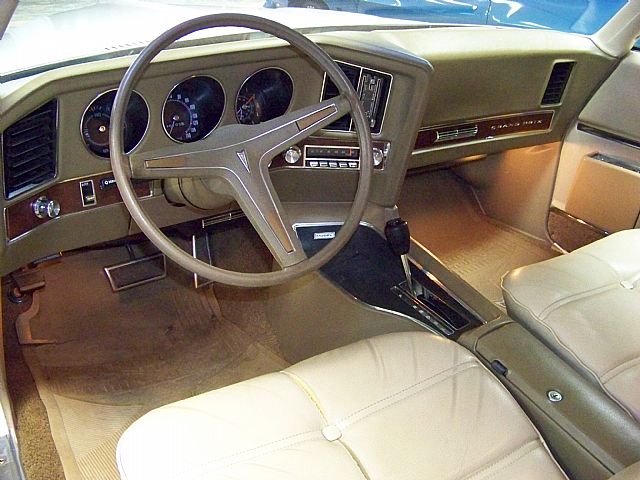
Oddly, the testers made no comment on the unusual new name for the flagship sedan: Grand Ville translates into “big town,” which seems rather dull compared to the evocative names derived from racing at the Bonneville Salt Flats or carefree living on the sunny shores of Catalina Island. At least there were some legitimate benefits inherent with the wide track that helped the biggest Pontiac continue its tradition of offering better-than-average handling for such a large car. As for the visual heft of the car, I’d argue that it wasn’t the track width that made this car look obese… plenty of highly-styled sheet metal draped over a huge platform took care of that. They were also right to note that Pontiac’s styling was very unique, with the bold, pointed front grille continuing the brand’s aggressive character in front-end designs. The editors were correct in predicting that the 1972 models would not be significantly changed–the biggest difference would be the new, larger front bumper (getting ready for the Feds!) and reworked grill styling. It was the era when GM still paid attention to delivering differentiation between their brands, and Road Test noted that the Grand Ville did indeed demonstrate benefits that were unique to Pontiac.


With the arrival of the reworked GM B- and C-body cars for 1971, Road Test took the opportunity to sample quite a few different models from the various divisions, including this top-of-the-line Pontiac sedan.

In the early 1970s, Road Test Magazine covered a nice cross section of cars, including an emphasis on “ordinary” sedans, coupes and economy cars that wouldn’t usually have been seen in some of the more sports-car-oriented automotive titles.


 0 kommentar(er)
0 kommentar(er)
